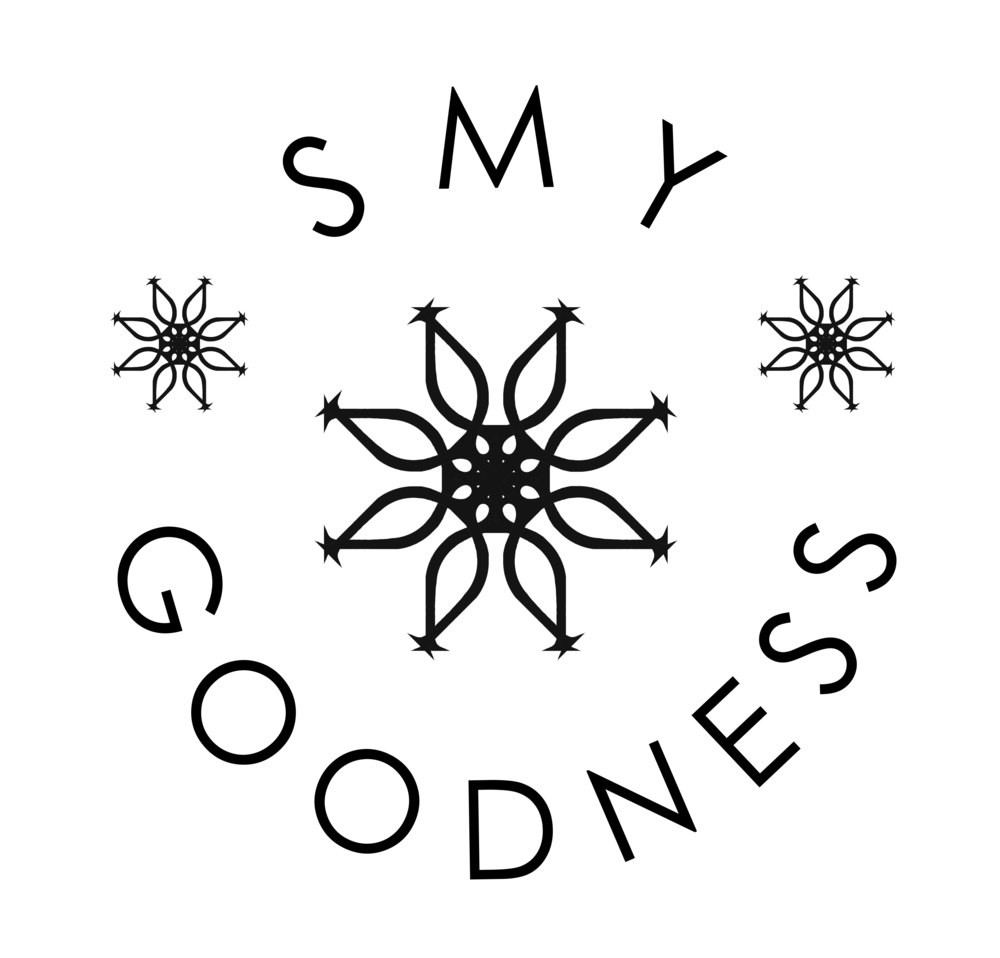When someone says they’ll tell you what’s on your plate after you’ve eaten it, most people will instinctively feel either excited or apprehensive about what has been set before them. The statement in itself lets you know that something unusual is there. I had already deeply inhaled the Testa in Cassette di Ligure presented before me and noticed a strong oily aroma and managed to simultaneously state and exhale, “Well it’s offal isn’t it?” “It’s brain....and heart, tongue and other offal,” came the response. I’ve tried tongue and find it rather tasty, however the bite that I took was admittedly smaller than the one I would have taken after the word ‘brain’ caused an involuntary image of 1950s black and white zombies to flash before my eyes. The Testa had a matte sheen, a strong aroma and the flavour was a bit briny (this is a 100% unintentional pun, I swear). The slices had a firm texture despite being wafer thin and were lacking the rich salt and meat flavours that I look forward to from salumi.
While in San Remo, Italy a pink, white and red salumi caught my eye at a deli and reminded me of a marble that I photographed at the Pantheon in September:
"That one looks nice," I said and we took several slices of Testa in Cassette di Ligure, a salami typically found in Liguria made of pig’s head, tongue, muscle and heart. Known as headcheese in English it translates as ‘head in box’ and the components are encased in strips of beef and cooked until cured. I enjoyed the Testa’s cellular beauty that comes from the traditional culinary techniques that endeavors to use all of the animal more than the flavour itself and luckily there are countless cured meats to be discovered.


